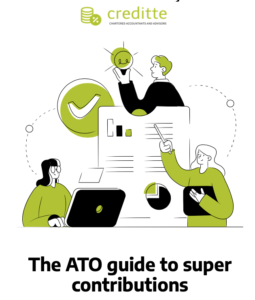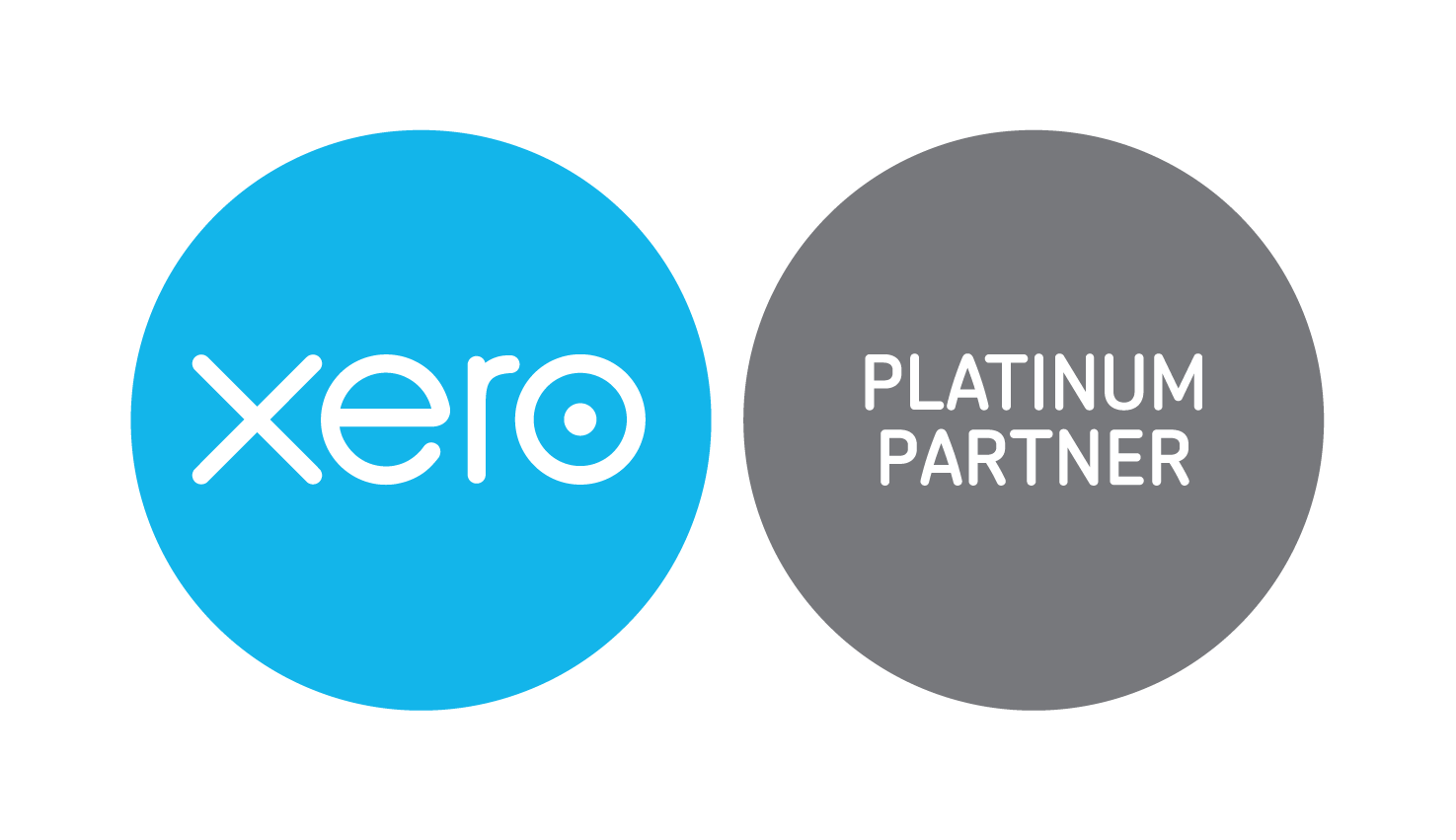Superannuation, commonly known as super, is a system designed to help Australians save for their retirement. It is a significant part of the Australian financial system, and super contributions are a critical component of building wealth for retirement.x
In this guide, we will provide you with comprehensive information on super contributions, including types of contributions, contribution limits, and tax implications.
What are super contributions?
Super contributions are payments made into your superannuation account by you, your employer, or other eligible individuals. These payments are invested by your super fund and help grow your retirement savings. There are two types of super contributions: concessional and non-concessional contributions.
What are voluntary super contributions?
Voluntary super contributions are extra contributions made by an individual to their superannuation fund on top of the compulsory contributions made by their employer. These contributions are not mandated by the government or the employer, but are made voluntarily by the individual.
There are two types of voluntary contributions that an individual can make: concessional and non-concessional contributions. Concessional contributions are those made before tax and are taxed at a lower rate of 15%. Non-concessional contributions, on the other hand, are made after-tax and are not taxed again when withdrawn.
Concessional contributions
Concessional contributions, also known as before-tax contributions, are contributions made to your super account from your pre-tax income. These contributions are taxed at a concessional rate of 15% as they are made before tax is deducted from your salary. Examples of concessional contributions include:
Employer contributions: This is a contribution made by your employer on your behalf. The minimum employer contribution is 10% of your ordinary time earnings, which includes your salary, wages, commissions, bonuses, and allowances.
Salary sacrifice: This is an arrangement made between you and your employer to pay part of your before-tax income directly into your super account.
Personal contributions claimed as a tax deduction: If you are a self-employed person or an employee not receiving employer contributions, you can make personal contributions to your super account and claim a tax deduction.
Concessional contributions are subject to a cap of $27,500 per year for the financial year 2021-22. If you exceed this cap, you may be subject to additional tax.
Non-concessional contributions
Non-concessional contributions, also known as after-tax contributions, are payments made into your super account from your after-tax income. Non-concessional contributions are not taxed at the time of contribution as tax has already been paid on the income. Examples of non-concessional contributions include:
Personal contributions: You can make personal contributions to your super account using your after-tax income.
Non-concessional super contributions are subject to a cap of $110,000 per year, or $330,000 over three years under the bring-forward rule. If you exceed these caps, you may be subject to additional tax.
What is a spouse super contribution?
If you have a spouse who has assessable income of less than $40,000 per year, you may be eligible to make contributions to their super account and receive a tax offset.

What is the government super contribution?
In Australia, the government provides a form of super contribution known as the co-contribution. The government co-contribution is a payment made by the government into the super account of an eligible person who makes personal after-tax super contributions. The purpose of this contribution is to incentivize low to middle-income earners to contribute to their superannuation and to help them build their retirement savings.
To be eligible for the co-contribution, a person must make personal after-tax contributions to their super account and meet certain criteria, including earning less than a certain amount per year and being under a certain age. The government co-contribution is calculated based on the amount of personal after-tax contributions made and the person’s income.
It is important to note that the government co-contribution is not a regular payment and is subject to change each financial year based on government policy.
Super Contributions – Tax Implications and Contribution Caps
Looking for more?

Download this complete ATO guide to super contributions here.
What are the super contribution tax implications?
Super contributions are subject to different tax rates depending on the type of contribution. Concessional contributions are taxed at a concessional rate of 15%, while non-concessional contributions are not taxed at the time of contribution.
Superannuation fund earnings are also taxed. The tax rate on earnings in your super fund is 15%, but it may be lower for some individuals, such as those who have retired or are over 60 years old.
Withdrawals from your super account are tax-free if you are aged 60 or over. If you are under 60, withdrawals may be taxed, but you may be eligible for a tax offset depending on your circumstances.
What are the super contribution limits?
As mentioned earlier, there are contribution limits on superannuation. These limits are in place to ensure that individuals do not exceed the maximum contribution amount and to prevent people from using superannuation as a tax minimization strategy.
The concessional contribution cap is currently $27,500. This cap includes employer contributions and personal contributions claimed as a tax deduction. If you exceed this cap, you may be subject to additional tax.
What is the non-concessional contribution cap?
In Australia, the non-concessional contribution cap is the limit on after-tax contributions that an individual can make into their superannuation fund without incurring additional taxes or penalties.
The non-concessional contribution cap changes periodically and is subject to annual indexation. As of the 2022-2023 financial year, the non-concessional contribution cap is $110,000 per year. However, it’s important to note that there are additional rules and limitations that apply to non-concessional contributions.
For individuals under the age of 65, it’s possible to bring forward two years of non-concessional contributions, allowing you to contribute up to $330,000 in a single year. However, this option is only available if you haven’t already triggered the bring-forward rule in the previous two financial years.
For individuals aged 65 to 74, you must meet a work test to be eligible to make non-concessional contributions. This means that you must have been gainfully employed for at least 40 hours within a 30-day period during the financial year in which the contribution is made.
It’s important to note that exceeding the non-concessional contribution cap can result in significant tax penalties. Any contributions made over the cap are taxed at the highest marginal tax rate, plus an additional excess contributions charge.
Let’s make super easy for you
At credit chartered accountants & advisors, we know that super can be confusing. If you’ve got questions, get in touch.
Or, if you’re thinking of taking control of your super with an SMSF, take a look at our SMSF services.





